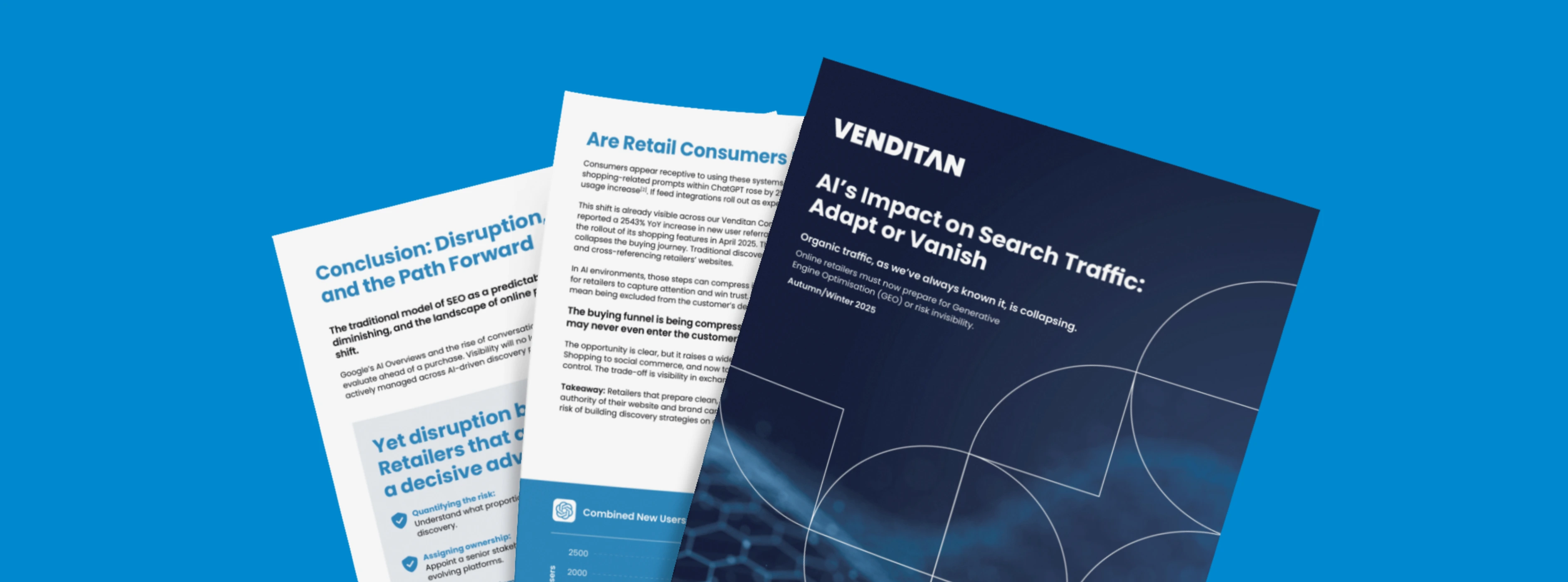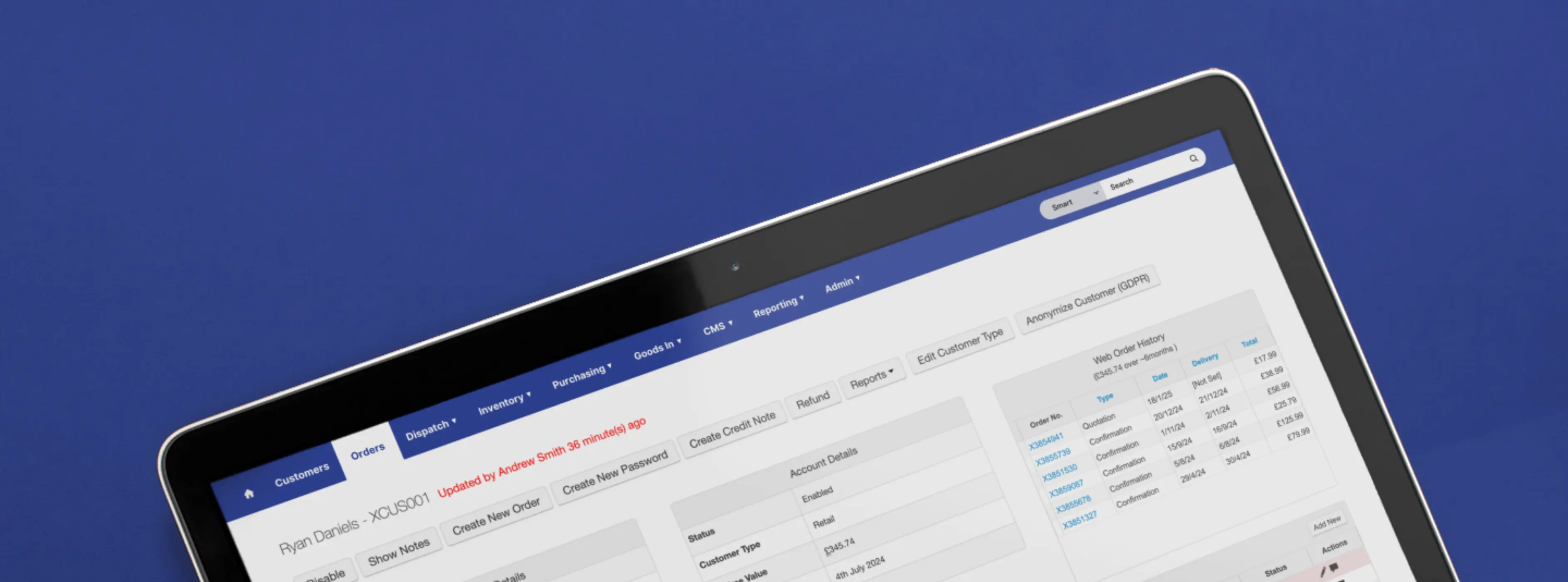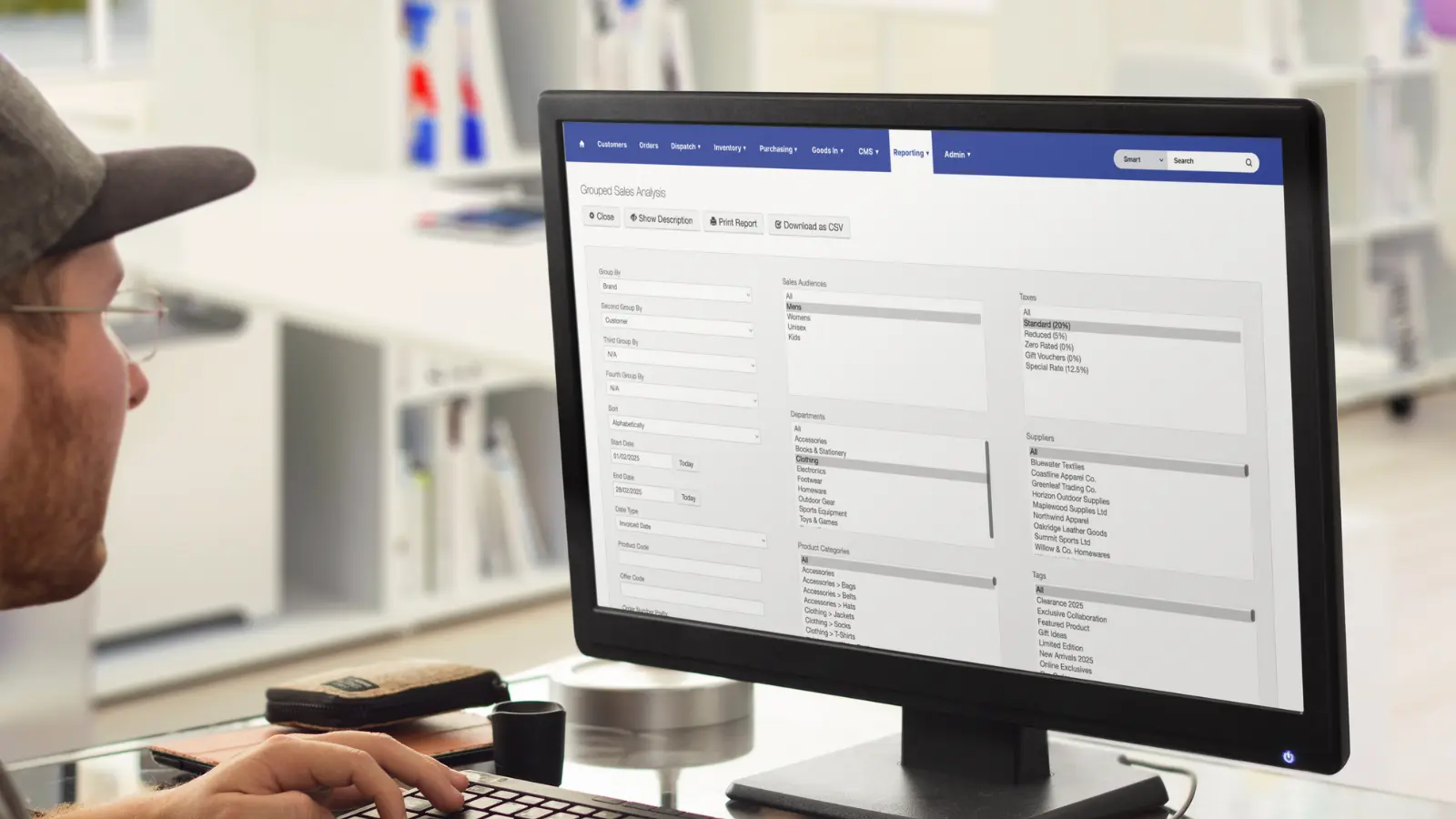Given the continued competitive retail landscape we find ourselves in, it is crucial that every opportunity for an advantage in eCommerce is taken into consideration.
The business definition of competitive advantage will differ depending on the resource you read.
MasterClass suggests that the three main types of competitive advantage are:
- Differentiation - Create beneficial points of difference between a business and its competitors.
- Cost leadership - Find ways to lower production costs and offer lower prices for customers.
- Focus advantage - Isolate the most reliable customers within a market segment and service their needs directly.
In this piece we will discuss the above with a specific focus on the world of online retail, aiming to provide some considerable future actions for your eCommerce business.
Differentiation advantages in eCommerce
Differentiation is the process of tailoring your eCommerce strategy to create beneficial points of difference between your business and your competitors.
Fancy words for what is, essentially, outperforming your rivals at whatever business area you choose to focus on.
Differentiation can be achieved across many focal points.
Here, we will discuss:
- High-quality products
- Unique branding and marketing
- Top customer service
- Best-in-class technology
- Use of analytics and data
- Marketplace coverage
High-quality products
Naturally, the most effective way to gain a competitive advantage in eCommerce is by offering the best product on the market or, at least, a high-quality product that stands up well against the market leaders.
A product’s quality is determined by how well it satisfies customer needs, serves its purpose and meets industry standards.
Assessing product quality
When assessing your product quality you should consider several factors, including whether a product solves a problem, works efficiently or suits customers' purposes.
You may wish to consider a product testing company for this. Having your product quality assessed externally will provide you with independent, impartial feedback on the strengths and weaknesses of your product.
Similarly, there are influencers that will offer a similar review service. This can particularly useful if you are already confident in your product and would like the added marketing awareness that an influencer review would bring.
In some cases, you can also commission a reverse engineering project to gain insight into how a competitor's product has been manufactured. There are laws and regulations around reverse engineering patented products, so be sure to seek legal advice before looking into this further.

Unique branding and marketing
If you do believe that you have a competitive product then you have to make sure it’s discoverable through strong marketing that reaches your target audience.
This includes effective strategies across SEO, social media, email, paid advertising and traditional marketing. Techniques should be selected depending on your product and the demographic you are looking to target.
If your marketing is generating awareness, you will also need to ensure that the right story is being told once new users arrive at your eCommerce website. That’s where branding comes into play.
How your website looks, and what you say - it’s an opportunity to inspire new users and breed confidence in your products and services. If it’s strong enough, branding and marketing can actually make up significant ground between your product and a market leader.
Top customer service
Looking after your customers is a surefire way to stand head and shoulders above the competition. 50% of consumers will switch to a competitor after one bad experience, so imagine the impact you can have if, after switching to your business, their first impression of your service is exemplary. Maintain that level and you’re on for repeat custom.
The UK Institute of Customer Service recently published that poor customer service costs UK businesses £11.4bn per month, so the strategic advantages of looking after your customers also extend into cost leadership, discussed next in this piece.
Know your customers inside out
Keeping in tune with your customer’s expectations can only stand you in good stead. They are ever-changing, as new technologies move the needle on what constitutes a great eCommerce experience. This is something we explored in great detail, last month: What do online shoppers expect in 2023?
Aside from the experience you are able to offer, it is also worth considering regular reviews of your products and services in line with those shifting trends. Regular product line reviews (PLR) can help you to maintain a merchandising plan that meets the need of the customers you are serving.

Best-in-class technology
An advantage can be gained in providing an impressive online shopping experience across all of your digital touchpoints: namely your eCommerce website, any associated eCommerce apps and how you digitally communicate with your customers throughout the order process.
It is worth asking yourselves the following questions:
- Is your website easy to use?
- Do you offer personalised or engaging ways of browsing your inventory?
- Do you offer the eCommerce payment solutions that your customers desire?
- Are all of your retail touchpoints interconnected?
- Do you provide regular order updates to your customers?
Delivering on these points will improve the experience you are able to provide, and serves as a differentiating factor against any competitors that are disjointed.
Use of analytics and data
Effective use of analytics and data can have a significant impact on your ability to make better-informed decisions that power your competitive advantages.
Are you generating the data that you need to follow through on this differentiator? A basic checklist to consider.
Google Analytics 4
Google Analytics 4 will allow you to track your website traffic and engagement, helping you to make informed decisions on future website development to improve your conversion rate.
Google Rankings
Google rankings can be tracked through platforms such as Semrush, Moz and Ahrefs. Tracking them will give you an insight into how your website is performing for the key searches that generate your revenue.
Order, Inventory and Customer Data
Make good use of the order and inventory data provided by your eCommerce platform, as it will help you to avoid any problematic excess stock, and keep your business nimble - another strategic advantage.

Marketplace coverage
You may wish to explore new marketplaces such as Amazon, eBay and Etsy. When discussing excess stock in a piece last month, we mentioned...
Uploading your products to these external marketplaces is another method of reaching new potential customers, as they increasingly become the first port of call for online shopping.
Online marketplaces offer consumers a convenient way to compare prices and this can be used to your advantage if you are looking to move a stock excess through price reduction.
The competitive advantage here is that you may be able to mop up additional sales by occupying the digital real estate that your competitors aren’t taking up.
Cost leadership advantages in eCommerce
With differentiating factors out of the way, we now turn our attention to cost leadership.
Cost leadership sees businesses establish a competitive advantage by optimising their eCommerce strategy with the aim of having the lowest cost of operation possible.
Cost leadership can be driven by:
- Company efficiency
- Company size
- Company scope
A solid cost leadership strategy ‘exploits scale of production, well-defined scope and other economies to produce highly standardised products using advanced technology.’
eCommerce companies that find ways to lower their costs and offer lower prices, without jeopardising their product quality, have a competitive advantage.
Which eCommerce platform is efficient for you?
It is imperative that you choose an eCommerce platform that suits your requirements, one that allows you to work efficiently and gives you room to scale that operation as your operation grows, whilst also falling within your budget.
Failure to do so will put your business in a very awkward position. eCommerce migrations can be technically challenging and expensive if handled poorly, so detailed research into the various platforms is highly recommended before you start out or migrate.
This is a challenge that we often help online retailers with. They may have driven many years of growth through their existing platform, but now find themselves limited by its capabilities, with overheads increasing as more tools are added to meet their escalating requirements.
What was originally the perfect out-of-the-box solution can quickly turn into a serious headache and have a heavy impact on operational costs.
Shamelessly plugging our solution
If any of the above sounds familiar to you then you may wish to learn more about our eCommerce platform, Venditan Commerce.
It combines best-in-class website and app development with intelligent back-end management systems so that every aspect of a retailer’s online and physical operations can be managed from a single point of control.
This offers ambitious retailers a competitive advantage by allowing them to consolidate their many overheads into an end-to-end solution to all of their problems. Previously, they may have been paying for website development, website hosting, management systems and EPOS integrations across several providers. The platform is scalable and ready to grow with established retailers as their order volume and business size increase.
Getting your eCommerce logistics on point
eCommerce logistics is the overall process a business uses to get an order out of their hands and into that of their customer.
It considers all aspects of online order processing, packing, shipping, delivery and returns - all of which can be reviewed for efficiency with the aim of reducing operational costs to provide a strategic advantage.
Gaining a competitive advantage through eCommerce logistics
Here are some challenges that an eCommerce business can solve to provide an excellent experience for their customers:
- Allowing customers to track their online orders from order confirmation through to delivery confirmation.
- Clear and timely communication of delivery delays.
- Offering competitive shipping methods and pricing, even down to allowing the customer to select their delivery day/time.
- An efficient and painless eCommerce returns process.
- Scaling successful logistics when order volumes increase.
- Effective use of warehouse space and innovative technology to manage inventory.
- Partnering with a compatible shipping logistics and order fulfilment service.
- Ensure your chosen courier is flexible, giving you an economical, fast and reliable approach to delivery

A review of your supply chain and how it is managed
Assessing your supply chain can help to reduce the risk of disruption, keep your stock availability at a good level, and give your eCommerce business the best possible cash position.
Having a secure supply chain is an important aspect of the health of any business, but they are often complex and susceptible to external turbulence outside of the business’ control.
This can include:
- Raw material shortages further up the supply chain.
- Staff availability and eligibility.
- Energy price increases.
- Shipping challenges.
The British Business Bank suggest the following five steps as considerations to reduce disruption:
- On-shoring or developing local suppliers.
- Make your manufacturing and logistics operations as efficient and effective as possible.
- Build up safety stock levels in the short to medium term - note, we would treat this with caution, and you can read more about this in our recent piece on how to deal with excess stock.
- Prepare for changes in demand - note, order management systems such as the one provided within Venditan Commerce can help forecast required stock levels.
- Spend money on research and development (R&D) strategies to manage changes in your product specification.
If you can maintain an effective supply chain you will gain an advantage operationally and deliver a reliable service that retains customers.
Focus advantages in eCommerce
Finally, we arrive at focus advantage.
To operate with a focus advantage an eCommerce business must be able to target its products and marketing to smaller segments of its target audience.
By isolating their most reliable customers and servicing their needs directly they stand to create greater customer satisfaction and brand loyalty.
Unfocused marketing communication would see a business say: “We are here, offering all of these great products, so you should come and check us out”
A focus strategy would shift the communication to say: “We are here, offering people like you, products like this, come and check them out”
This strategy offers eCommerce businesses the opportunity to create highly targeted marketing material that speaks to a particular demographic and funnels them through to the most relevant product for them.
When done well, this hyper-relevancy feels personalised and leads to a much high conversion rate than blanket messaging across an entire target audience.
Final thoughts
Reading a list of ideas may make it seem so, but gaining a competitive advantage in eCommerce isn’t a simple task. It requires a business to first self-reflect on its shortcomings and challenges before road-mapping a strategic plan to improve upon them.
It is crucial, though, that all eCommerce businesses commit to a kaizen approach of gradual improvement, or risk being left behind by competitors. We hope this article inspires businesses to take stock of their position amongst their competitors and consider how they may be able to take some steps forward in 2023 and beyond.
Read more about our eCommerce consulting. With our guidance, you'll have a solid plan for sustainable eCommerce growth that doesn’t require an increase in headcount.
Our recent posts
Keep up to date with the latest news and insight from the team at Venditan
-p-2600.webp)












